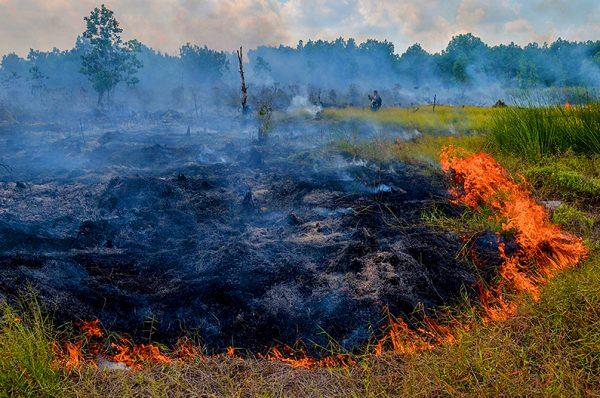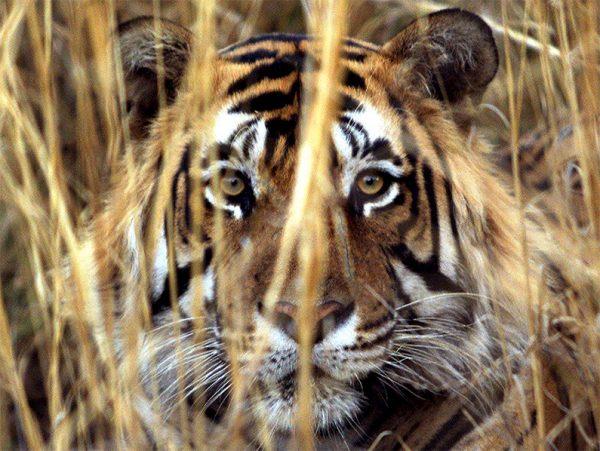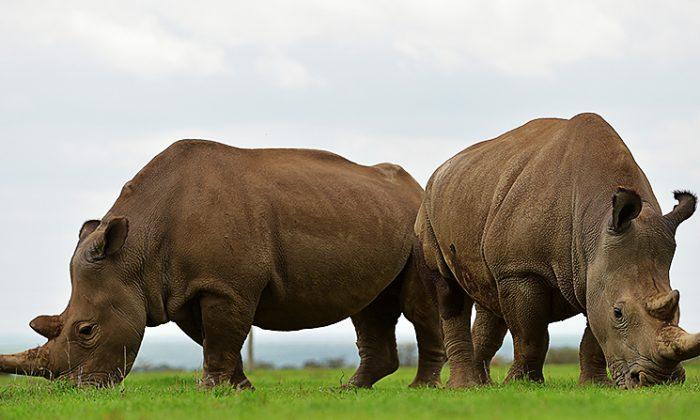Humans have killed about 60 percent of animals, including mammals, fish, birds, and reptiles, on the planet since 1970, according to a report from the conservation organization World Wildlife Fund.
The report warns that humanity depends on an intricate web of species, and the more holes which people poke in that web, the greater the chance of that web failing. Humans are in effect cutting the strings of their own safety net.
“If there was a 60% decline in the human population, that would be equivalent to emptying North America, South America, Africa, Europe, China and Oceania. That is the scale of what we have done.
“This is far more than just being about losing the wonders of nature, desperately sad though that is,” he said. “This is actually now jeopardizing the future of people. Nature is not a ‘nice to have’—it is our life-support system.”
Economic Impact of Unsustainable Use of Resources

The report describes itself as a “science-based assessment of the health of our planet.”
‘The Living Planet Report 2018 provides a platform for the best science, cutting-edge research, and diverse voices on the impact of humans on the health of our Earth.”
The report begins by addressing the economic impact that environmental degradation and species loss—the two go hand-in-hand—has already had and is predicted to continuing having on the world’s economies.
“From the supply of raw materials, water, food, medicines and energy, to the pollination of crops, formation of soils and protection from floods, storms, and erosion, the planet’s natural systems provide a range of vital services that underpin production, trade, livelihoods, and consumption in every country,” the report states.
“The nature conservation agenda is not only about securing the future of tigers, pandas, whales,” WWF’s International Director, Marco Lambertini, says in the report’s introduction. “It’s bigger than that.
Eye-Opening Information

Living Planet collated data from efforts to track 16,704 populations of 4,005 different species of vertebrates around the world. The report is a summary of all this data collected from 1970 through to 2014—the last year for which all the data has been processed.
This data has been compiled into The Living Planet Index, showing shocking population declines across land, sea, and air since 1970.
On land, the Tropical and Equatorial regions have been hardest hit. This part of the globe, which the report calls the “Neotropical” region including South and Central America and the Caribbean, has seen an 89 percent loss in vertebrate wildlife in the 44-year-span from 1970 to 2014.
The deforestation of land as it is cleared for agriculture, development, and non-sustainable logging is likely the biggest contributor to the losses suffered in this region.
Freshwater habitats have suffered a loss that is almost as severe as in the Neotropical zones. Over-fishing is the chief culprit, followed by pollution. The decline of freshwater aquatic wildlife reached 83 percent in 2014.
The news is not terrible on every front though. In some areas, successful conservation efforts have managed to preserve individual species or populations, such as tigers in India, or bears and wolves in parts of North America and northern Europe.






Friends Read Free